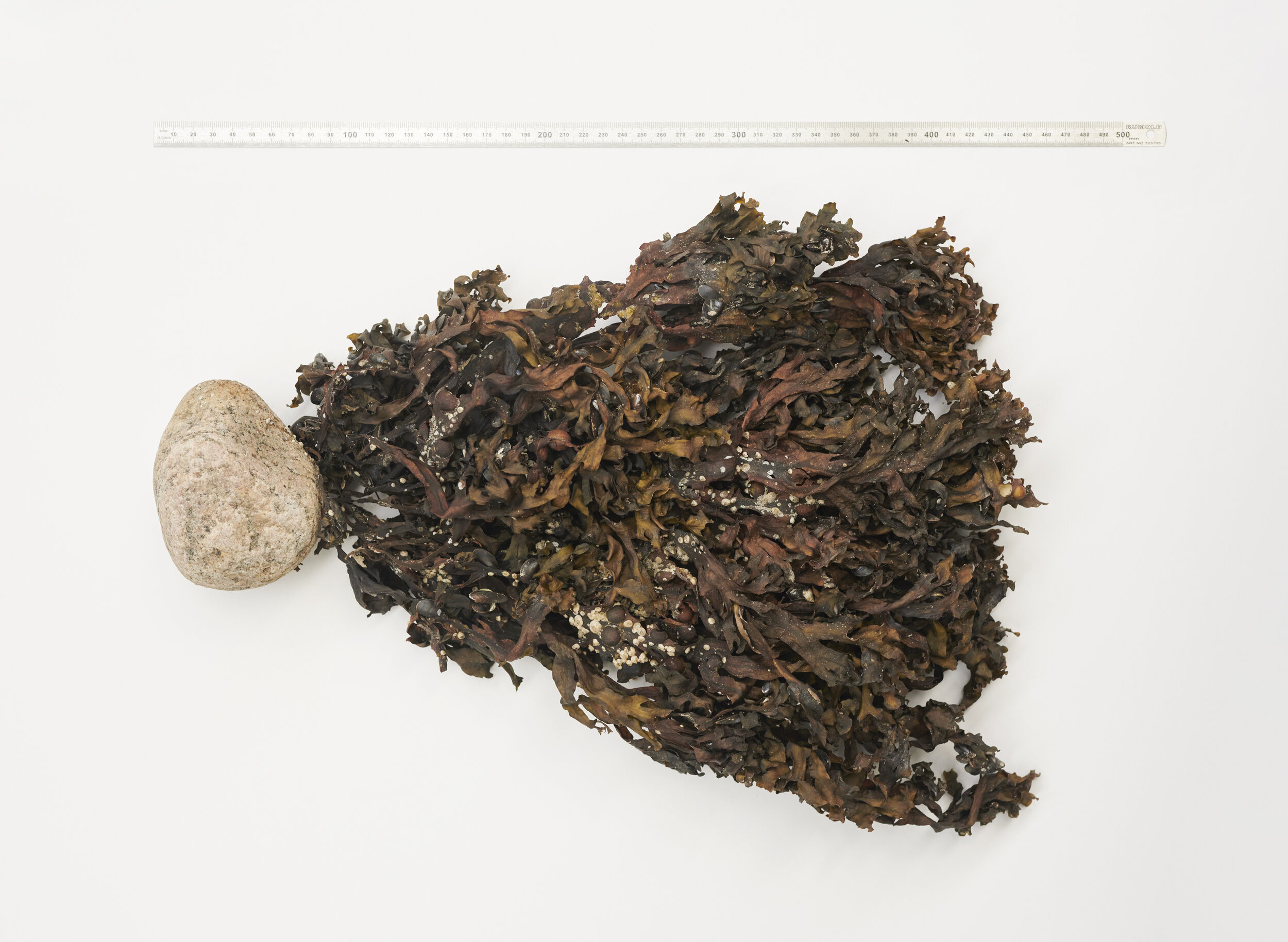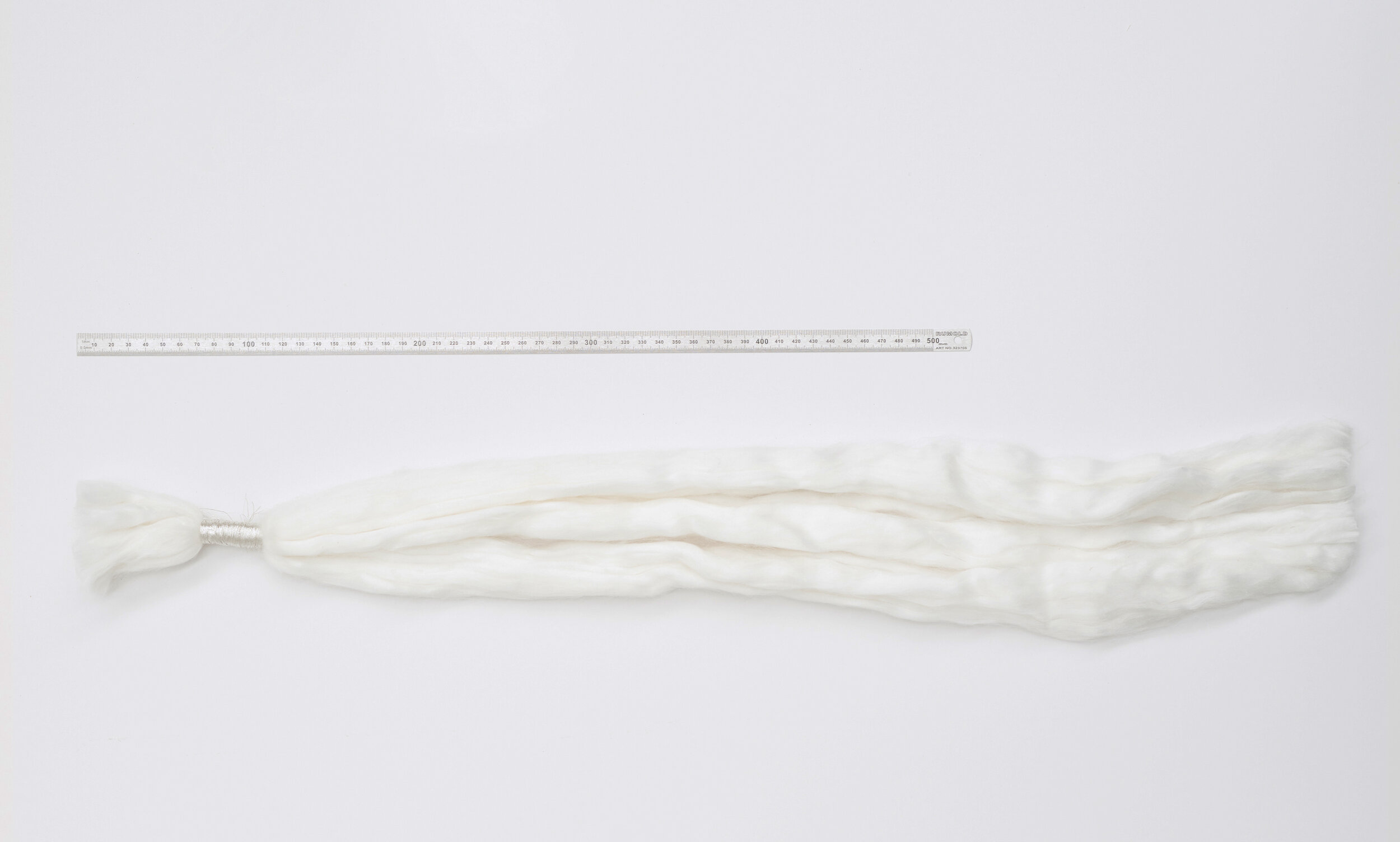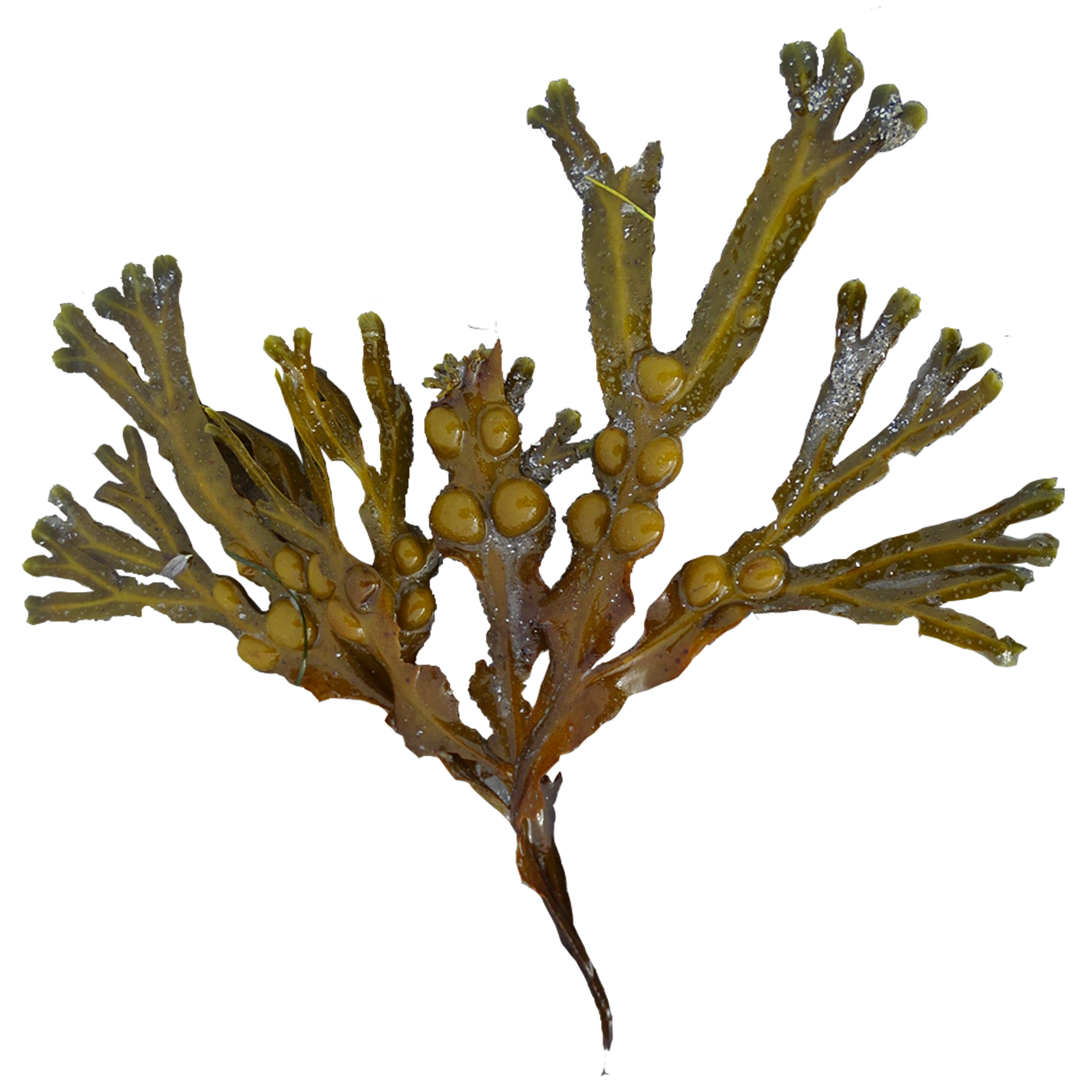Seaweed
Sea Weed
[Bambusoideae]
Location and climate
Oceans, rivers and lakes all over the globe. The family of seaweed covers countless species and comes in brown, black, red and green. Seaweeds are both fixed and free floating.
To include seaweed in this Encyclopedia was a choice I made in order to raise awareness about the importance of micro organisms and alges. This does not mean I will include the thousands of different marine plants or alges over time. Please look at this section as an overall introduction to seaweed.
The images are from Fucus Vesiculosus, a brown alge found and harvested in Denmark. The bladder on the plant keeps the seaweed floating in order to ensure light for photosynthesis.
Seaweed and alge are essential to marine creatures.
Diatoms, also called micro alge produce around 20% of the global oxygen and furthermore they store Co2. The Amazon basin, an area of 5.500 km2 is fertilized with 27 million tons of dead diatom shells blowing from the Sahara desert across the Atlantic Sea as dust.
Please look up Diatoms. They come in many different shapes and are all very beautiful hold interesting construction patterns.
We need to take good care of the alge and therefore regulate the amount when harvesting for Seacell fiber for textile production and other uses of seaweed.
Many seaweeds are edible and full of vitamins. Depending on the geographical kitchen seaweed is used as a nutrient ingredient in many dishes. Washed up seaweed is an excellent fertilizer for your garden or field if you wash off some of the salt.
Seaweed can also be used for insulation.



